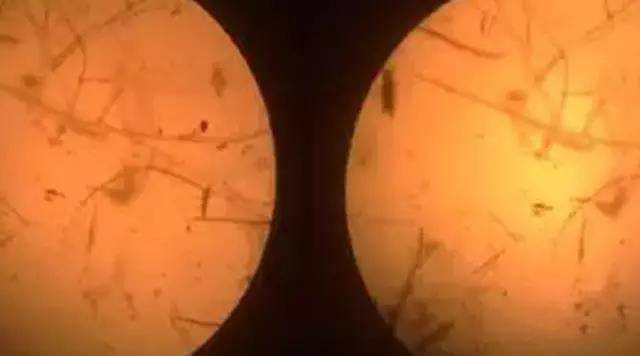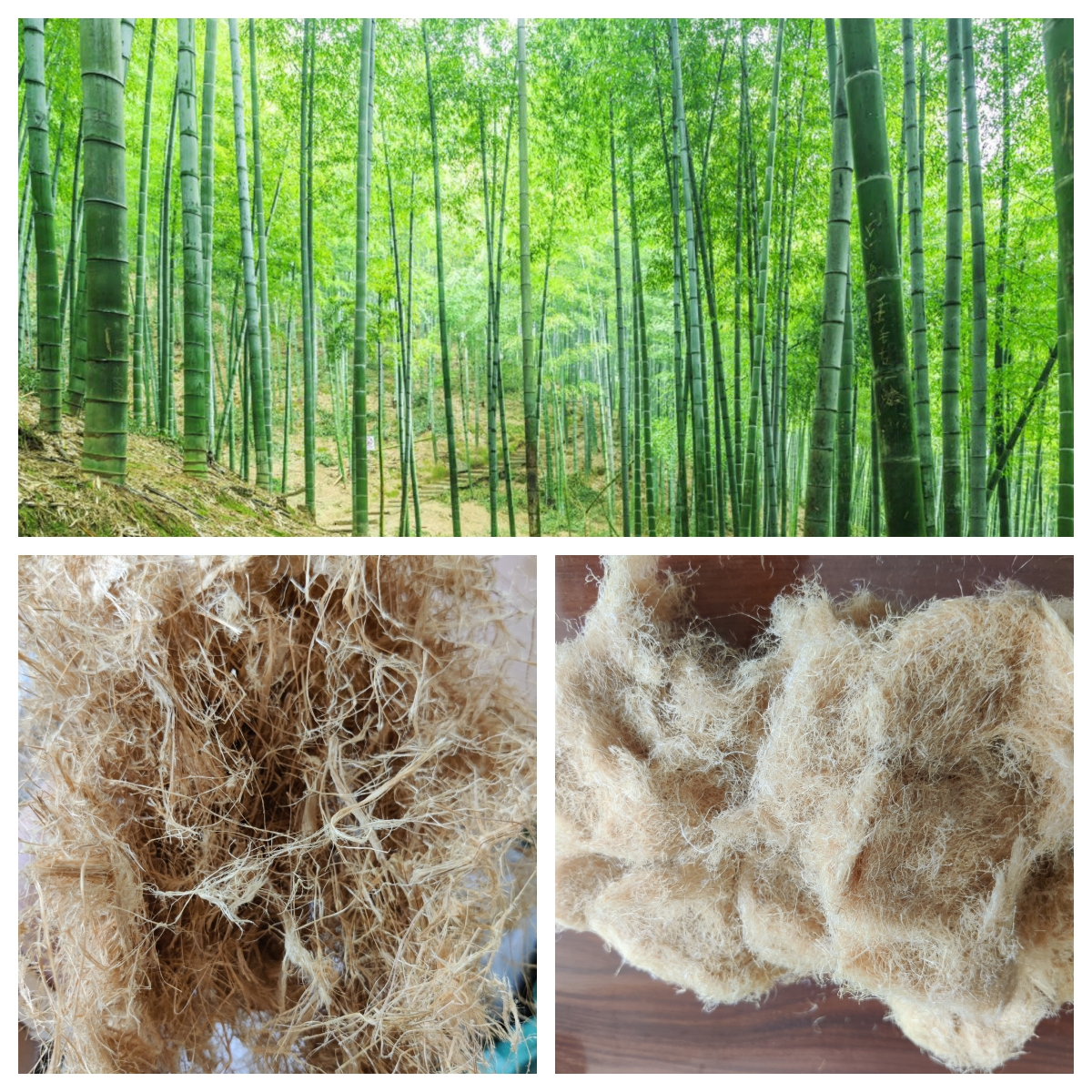In the paper industry, fibre morphology is one of the key factors determining pulp properties and final paper quality. Fibre morphology encompasses the average length of fibres, the ratio of fibre cell wall thickness to cell diameter (referred to as the wall-to-cavity ratio), and the amount of non-fibrous heterocytes and fibre bundles in the pulp. These factors interact with each other, and jointly affect the bond strength of the pulp, dehydration efficiency, copying performance, as well as the strength, toughness and overall quality of the paper.
1) Average fibre length
The average length of fibres is one of the important indicators of pulp quality. Longer fibres form longer network chains in the pulp, which helps to enhance the bond strength and tensile properties of the paper. When the average length of fibres increases, the number of interwoven points between the fibres increases, allowing the paper to better disperse stress when subjected to external forces, thus improving the strength and toughness of the paper. Therefore, the use of longer average length fibres, such as spruce coniferous pulp or cotton and linen pulp, can produce higher strength, better toughness of the paper, these papers are more suitable for use in the need for higher physical properties of the occasion, such as packaging materials, printing paper and so on.
2) The ratio of fibre cell wall thickness to cell cavity diameter (wall-to-cavity ratio)
The wall-to-cavity ratio is another important factor affecting pulp properties. Lower wall-to-cavity ratio means that the fibre cell wall is relatively thin and the cell cavity is larger, so that the fibres in the pulping and papermaking process is easier to absorb water and soften, conducive to the refinement of the fibres, dispersion and intertwining. At the same time, thin-walled fibres provide better flexibility and foldability when forming paper, making the paper more suitable for complex processing and forming processes. In contrast, fibres with high wall-to-cavity ratios can lead to excessively hard, brittle paper, which is not conducive to subsequent processing and use.
3) Content of non-fibrous heterocytes and fibre bundles
Non-fibrous cells and fibre bundles in the pulp are negative factors affecting paper quality. These impurities will not only reduce the purity and uniformity of the pulp, but also in the papermaking process to form knots and defects, affecting the smoothness and strength of the paper. Non-fibrous heterocytes may originate from non-fibrous components such as bark, resin and gums in the raw material, while fibre bundles are fibre aggregates formed as a result of the failure of the raw material to dissociate sufficiently during the preparation process. Therefore, these impurities should be removed as much as possible during the pulping process to improve pulp quality and paper yield.
Post time: Sep-28-2024






